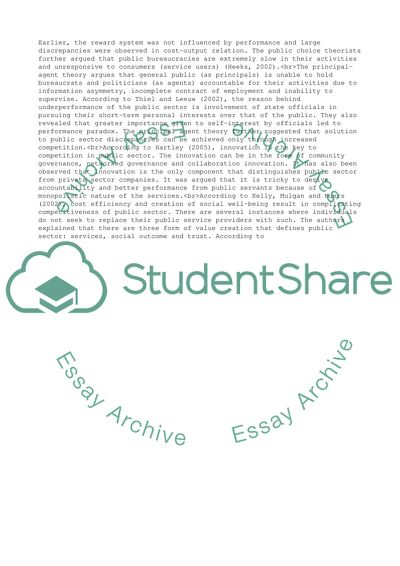Cite this document
(Analyzing Competition in Public Sector Essay Example | Topics and Well Written Essays - 1750 words, n.d.)
Analyzing Competition in Public Sector Essay Example | Topics and Well Written Essays - 1750 words. https://studentshare.org/business/1830391-analyzing-competition-in-public-sector
Analyzing Competition in Public Sector Essay Example | Topics and Well Written Essays - 1750 words. https://studentshare.org/business/1830391-analyzing-competition-in-public-sector
(Analyzing Competition in Public Sector Essay Example | Topics and Well Written Essays - 1750 Words)
Analyzing Competition in Public Sector Essay Example | Topics and Well Written Essays - 1750 Words. https://studentshare.org/business/1830391-analyzing-competition-in-public-sector.
Analyzing Competition in Public Sector Essay Example | Topics and Well Written Essays - 1750 Words. https://studentshare.org/business/1830391-analyzing-competition-in-public-sector.
“Analyzing Competition in Public Sector Essay Example | Topics and Well Written Essays - 1750 Words”. https://studentshare.org/business/1830391-analyzing-competition-in-public-sector.


